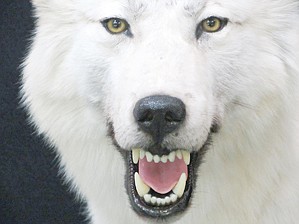Wolf report shows stable population numbers through 2021
Despite the histrionics from some when the Montana Game and Fish Commission increased harvest opportunities last year, the 2021-22 wolf harvest showed a marked decrease and the population continues to be stable.
On Aug...
Become a Subscriber!
You have read all of your free articles this month. Select a plan below to start your subscription today.
Already a subscriber? Login



